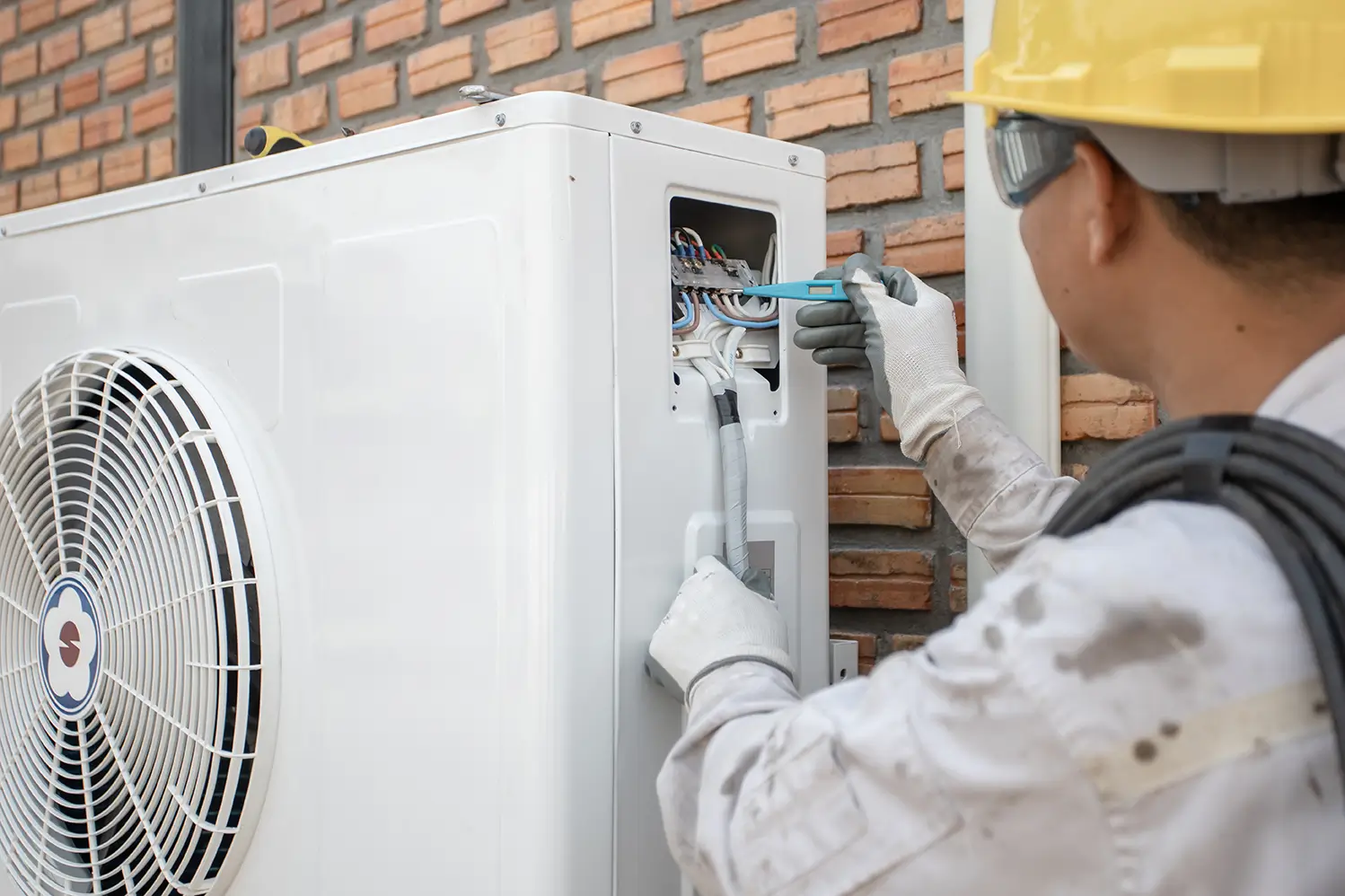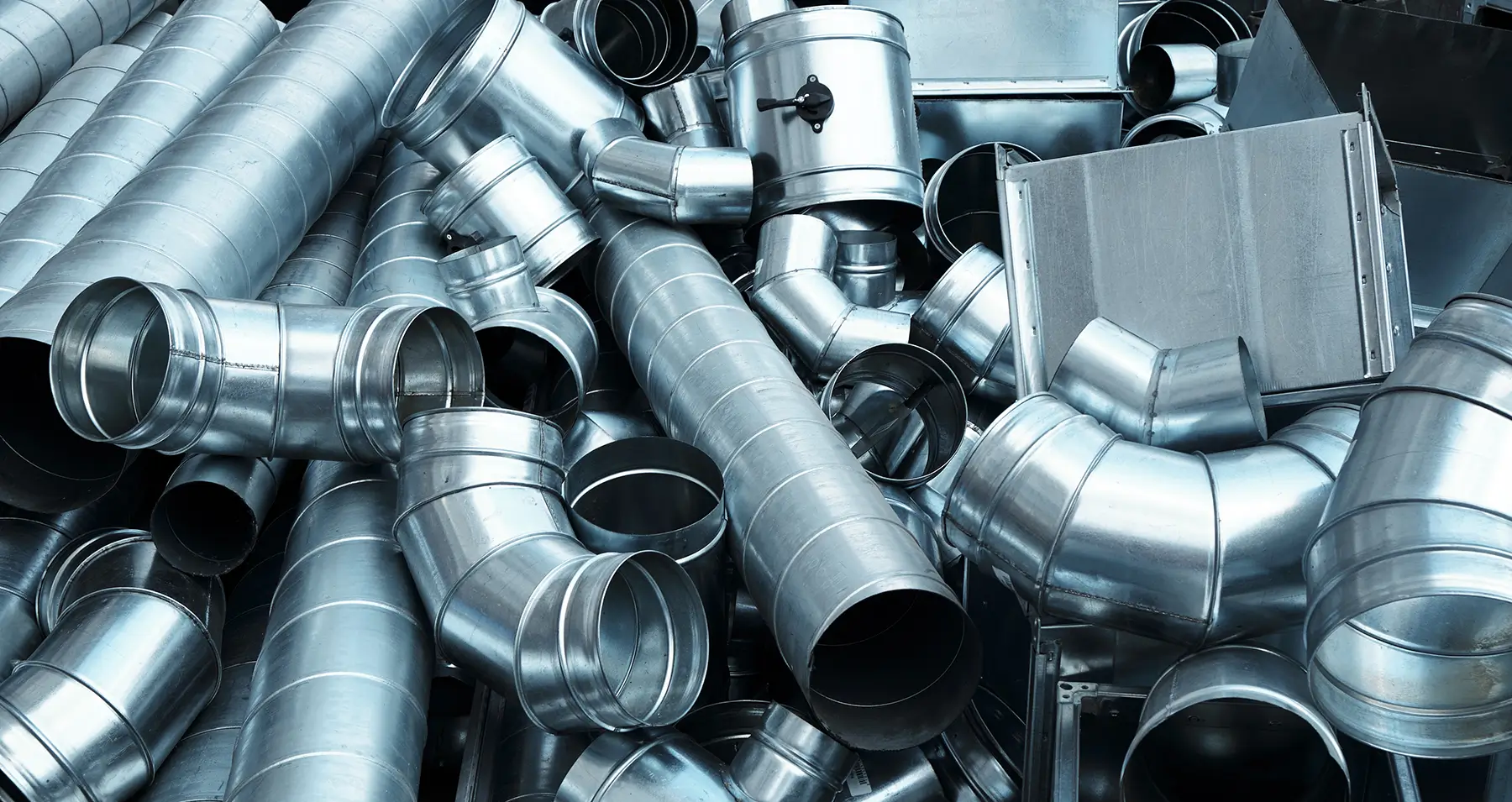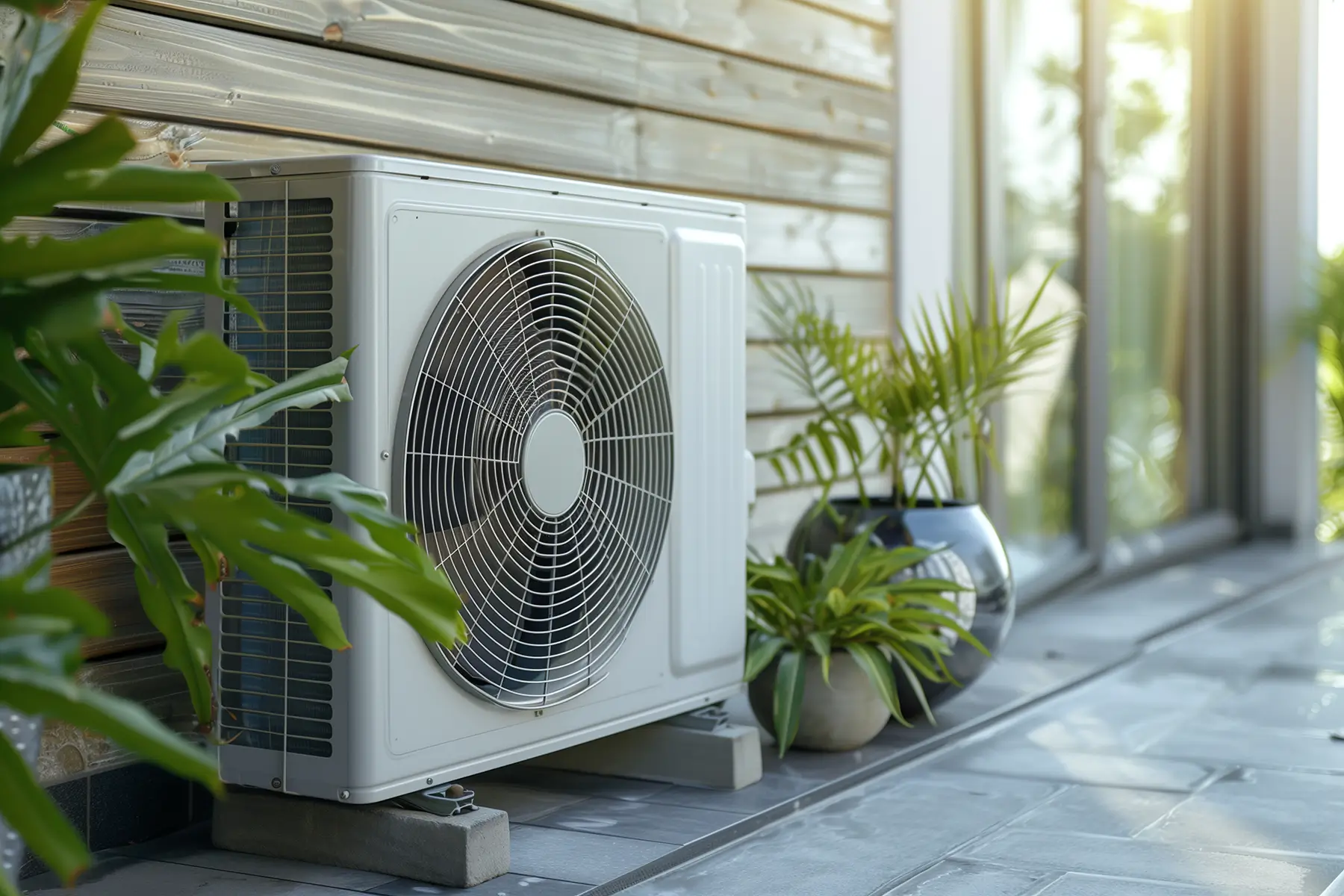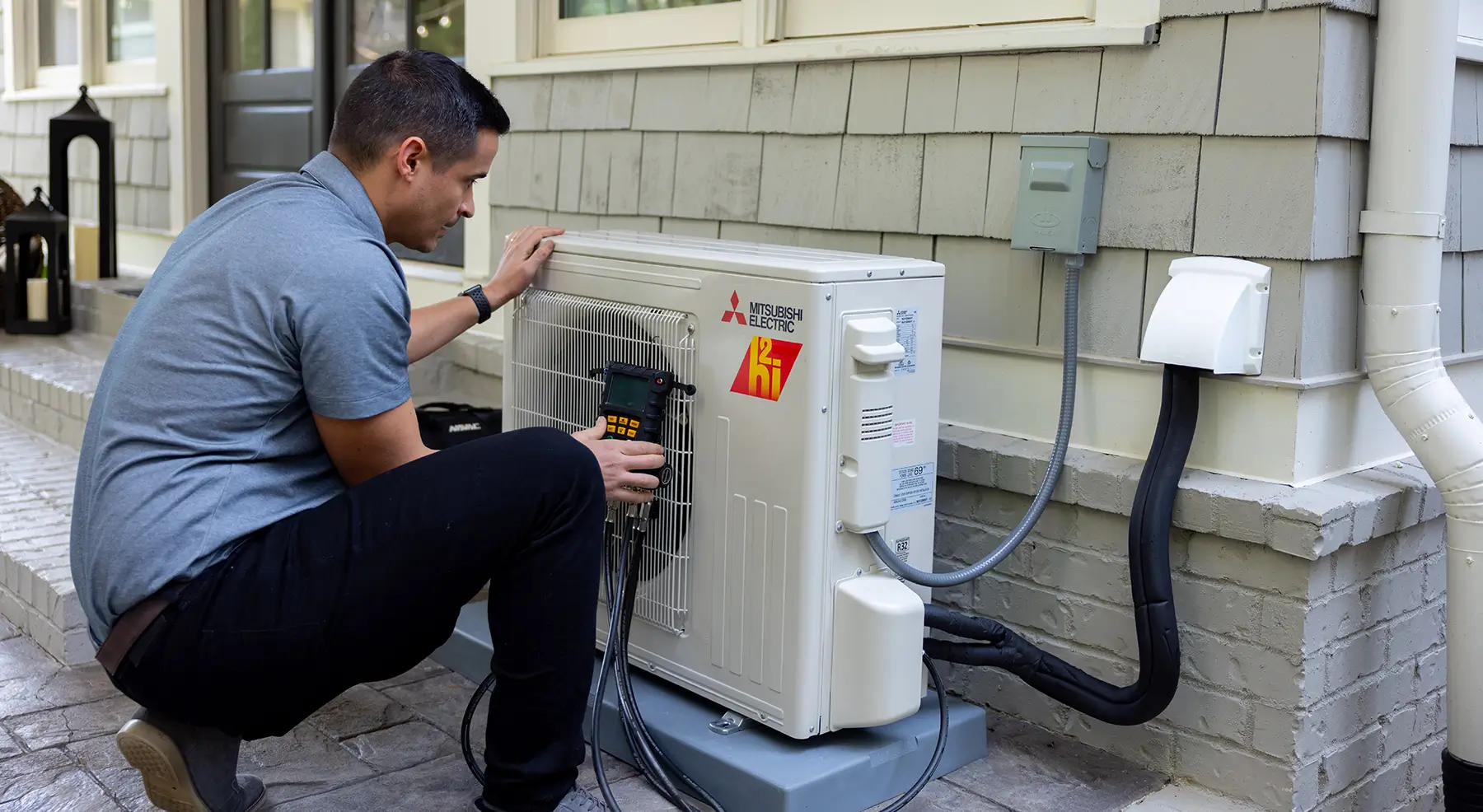Ductless heat pumps, or mini-split systems, have become preferred for heating and cooling across various homes—from compact tiny houses to expansive estates. This article delves into how these systems cater to the unique demands of different home sizes, offering a blend of efficiency, aesthetic integration, and scalable functionality. We will explore the distinct advantages of ductless heat pumps in varying residential environments, highlighting their role in promoting energy efficiency and adaptability in modern living spaces.
Table of Contents
Ductless Heat Pumps in Tiny Homes
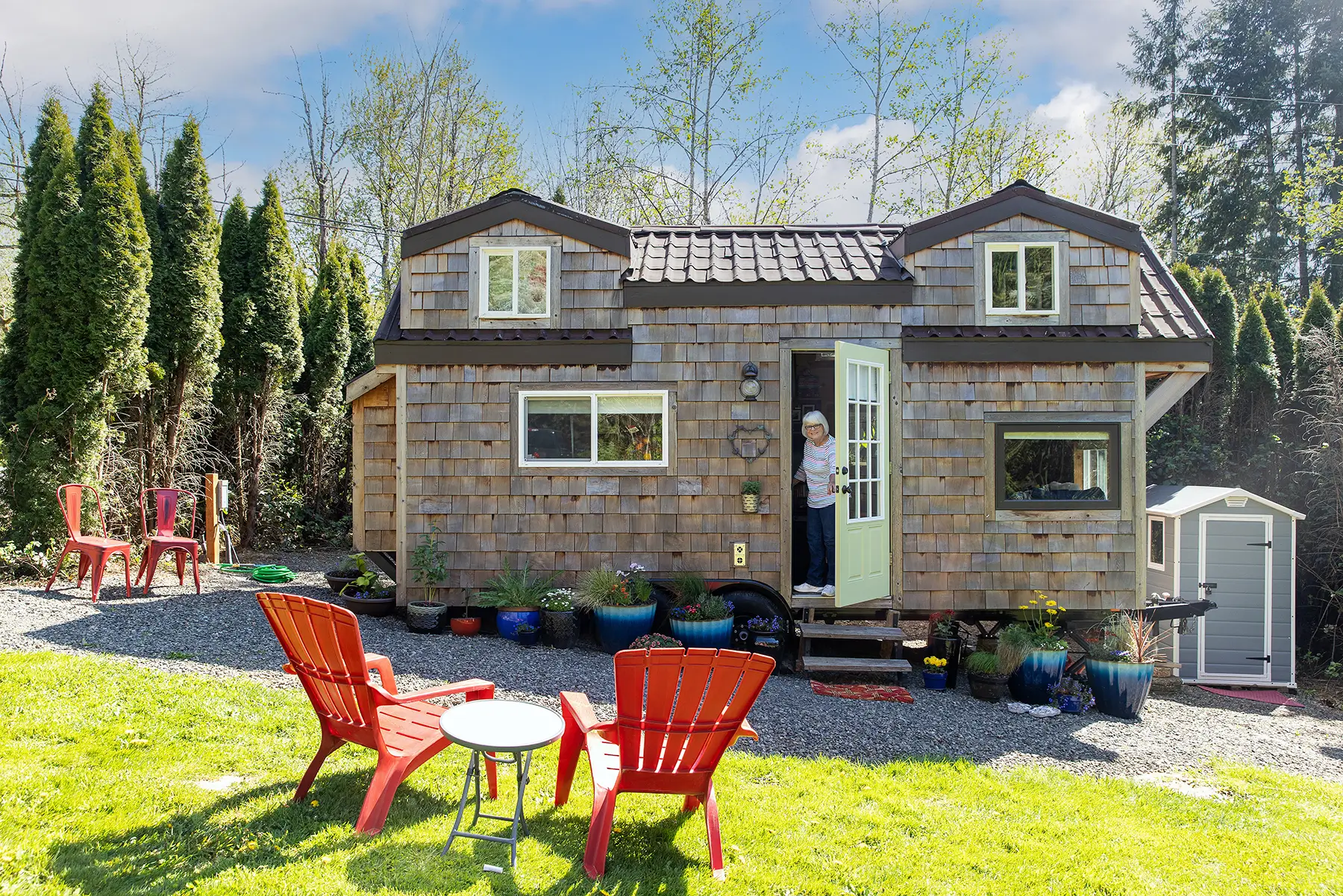
Ductless Heat Pumps in Average-Sized Homes
Ductless Heat Pumps in Large Estates
Comparative Analysis

Future Heat Pump Trends
- More sophisticated zoning capabilities.
- Improved energy recovery systems.
- IoT-enabled units that offer users unprecedented control over their home environments.
Why Everyone Should Switch to Mini-Splits
Whether upgrading older homes or designing new ones, ductless heat pumps represent a smart, sustainable choice for effective and efficient climate management. Their increasing adoption underscores their crucial role in contemporary home comfort systems.
Contact RYCOR HVAC to get your ductless mini-split installation for your home, no matter the size.

